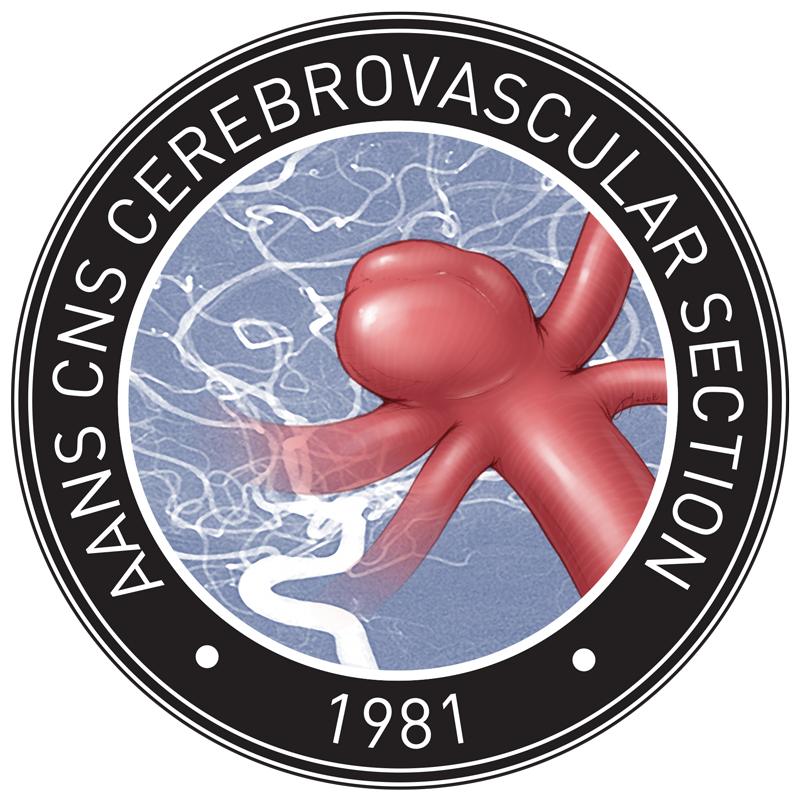Neck Remnants and the Risk of Aneurysm Rupture After Endovascular Treatment With Coiling or Stent-Assisted Coiling: Much Ado About Nothing?

Neck remnants are relatively common following endovascular treatment of intracranial aneurysms. The risk of rupture from neck remnants has previously not been well investigated however, they are often used as evidence supportive of microsurgical clipping of brain aneurysms due to an inability to definitively treat intracranial aneurysms. This retrospective cohort of patients treated with coil embolization identified 626 aneurysms with remnants immediately after their treatment. 324 (51.76%) of the identified aneurysms were ruptured at presentation. Four hundred seventy- nine (76.52%) patients underwent primary coiling, whereas 147 (23.48%) patients underwent stent-assisted coiling. Four hundred sixty-six (74.44%) aneurysms measured <10 mm in maximum diameter; 145 (23.16%) measured between 10 and 25 mm, and 15 (2.4%) aneurysms measured >25 mm. During the follow up period, a total of 186 aneurysms (29.7%) underwent retreatment at the discretion of the treating physician. 13 (2.1%) aneurysms rupture during the follow up period. The 3 variables most associated with pretreatment rupture were rupture at presentation, size of the aneurysm and increasing age of the patient. Patients with aneurysms size <10 mm or >25 mm were significantly more likely to experience a post treatment rupture. The rupture rate of an aneurysm presenting without rupture was 0.6% while, the rupture rate of an aneurysm presenting with rupture was 3.4%. Observation of patients with previously unruptured aneurysms treated with endovascular coiling may be appropriate. On the contrary, for aneurysms presenting with rupture complete aneurysm occlusion is indicated and consideration of this requirement is essential when evaluating treatment strategies.
https://doi.org/10.1093/neuros/nyy056
